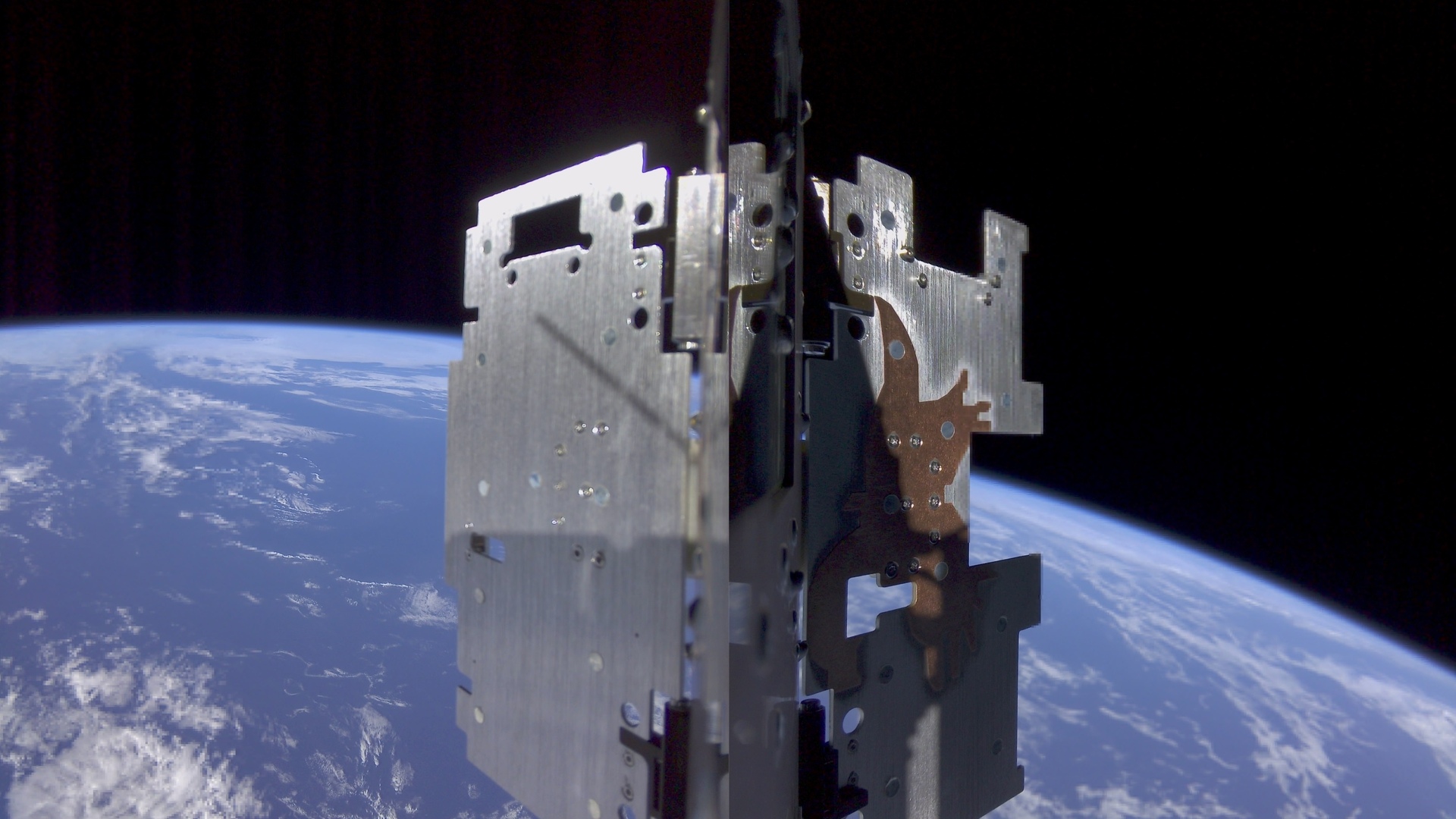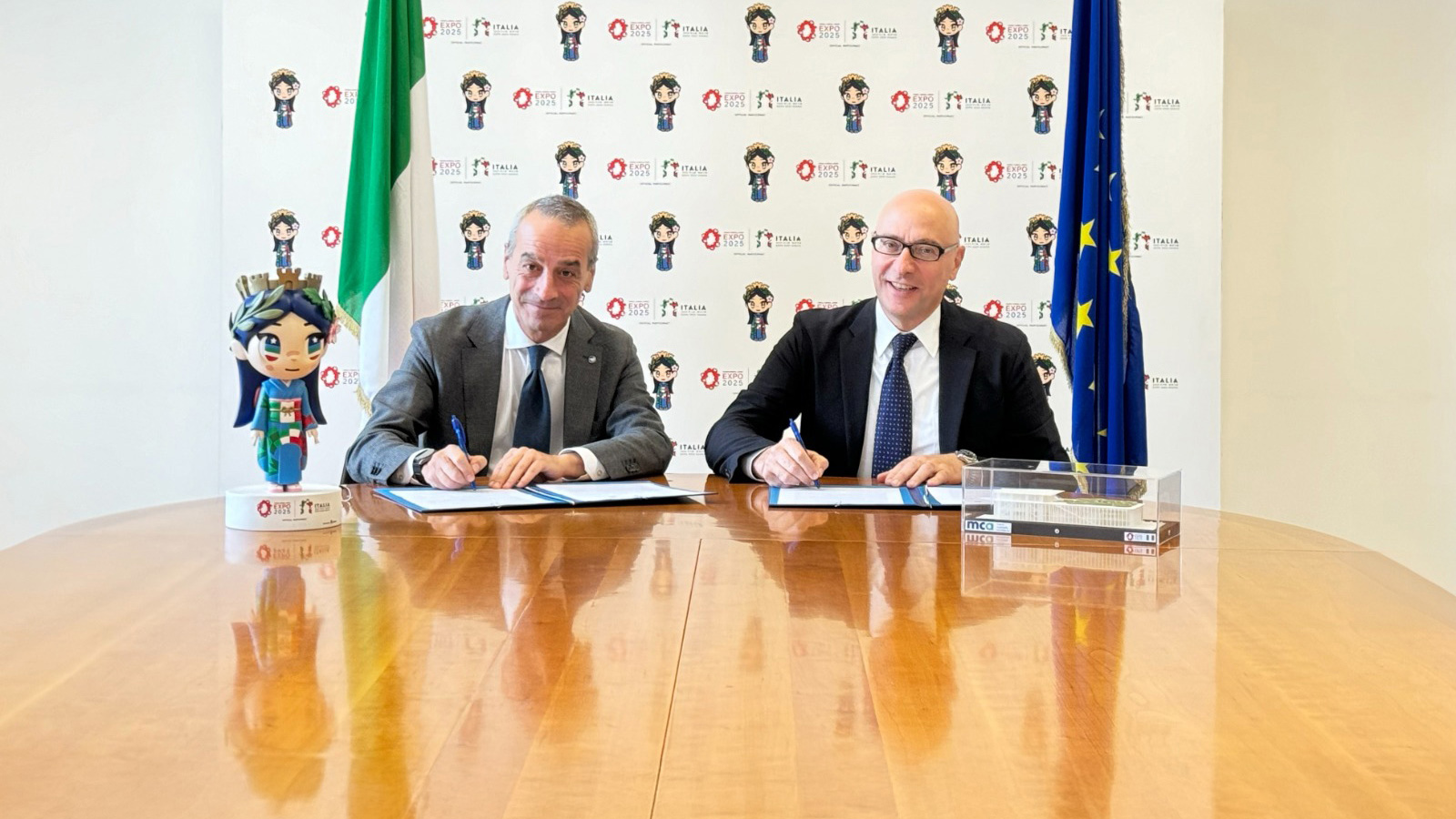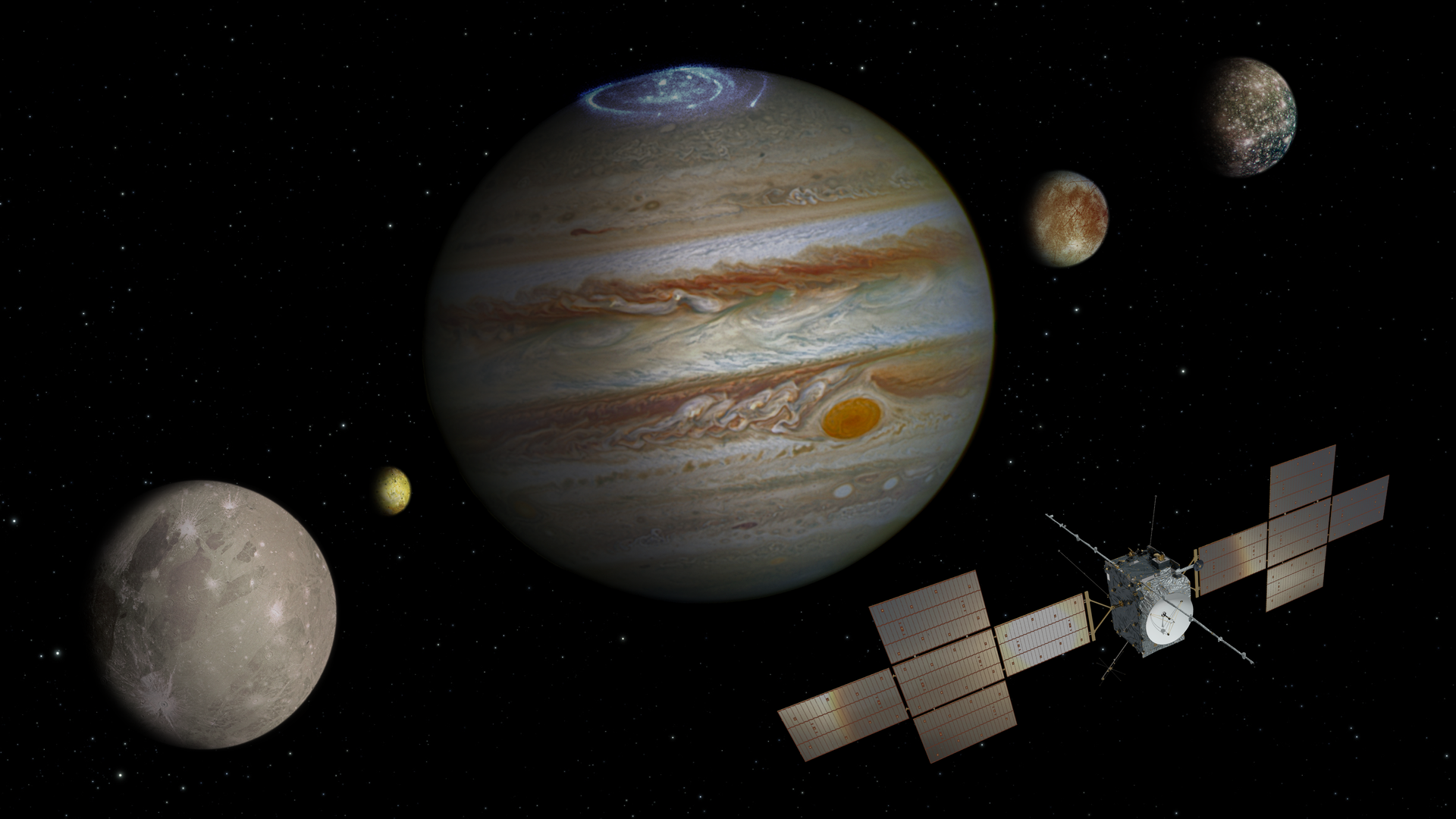A miniature, ultra-resilient electrical heart, capable of distributing power and enabling small satellites to operate even under extreme conditions and intense solar radiation – reaching parts of the Universe far from Earth and still unexplored. This is how Space Weather, and its impact on our lives, can be studied and monitored. All of this is made possible by Power Suite Curie, an innovative and forward-looking technology developed by Italian company Argotec – a leader in the design and manufacturing of satellites and their subsystems – poised to redefine the future of deep space missions. This breakthrough, representing a major leap forward for the global space tech market, will be unveiled in a technical paper by Argotec at the Small Satellite Conference in Salt Lake City (August 10–13, 2025), one of the world’s leading events focused on the future of space.
Power Suite Curie is a next-generation PCDU (Power Conditioning and Distribution Unit), essentially the "electric heart" of satellites. Despite its extremely small size, it is designed to manage electrical power onboard satellites for long durations and under extreme conditions — that is, in Deep Space, more than 24 million kilometers from Earth, and exposed to radiation. Power Suite Curie was developed through a co-engineering project with the European Space Agency (ESA) and represents a decisive leap forward, set to significantly expand the capabilities of the international Space Industry. Its goal is to provide a technology capable of enabling pioneering missions focused on deep space and Space Weather monitoring.
Curie features a miniaturized, compact, and modular design, capable of adapting to different satellite platforms. These characteristics are complemented by cutting-edge technical performance: unprecedented radiation resistance, extended operational life, and high-power management capability. All these features make Curie the power core of HENON: the mission set to launch in Deep Space in late 2026, reaching up to 24.6 million kilometers away from Earth to reach the unexplored Distant Retrograde Orbit (DRO). During its solitary journey of over a year, Curie will provide energy and reliability to the satellite, keeping the vital functions of its subsystems operational. Once it reaches the final orbit, HENON will begin observations of Space Weather — precisely when radiation exposure will be at its peak — to collect critical data for the study of solar activity and to report critical events in near-real time.
HENON is the technology demonstrator that will give life to one of the most ambitious and fascinating missions currently under development. It is carried out within the European Space Agency’s (ESA) General Support Technology Programme (GSTP) – “Fly” element – thanks to funding from the Italian Space Agency (ASI) through the ALCOR program, along with contributions from the United Kingdom and Finland. The project will enable new frontiers in space applications, delivering more competitive and high-performance solutions for future constellations and swarms in deep space.
Argotec boasts an important international reputation, earned through historic Deep Space missions and the heritage developed with VOLTA, the PCDU built for the LICIACube and ArgoMoon programs: milestones that have established the company as the only one in the world to have two small satellites simultaneously operational in Deep Space, as well as the holder of the Italian object farthest from Earth – an impressive 14 million kilometers away. With the advent of Curie, these records will be further surpassed, thanks to HENON and other missions focused on life on our planet and the understanding of Deep Space and its dynamics.
“Curie represents a paradigm shift for the Italian and international space industry,” comments David Avino, CEO of Argotec. “With this technology, we will enable a new generation of robotic exploration missions capable of pushing scientific research beyond current boundaries. We have an incredible team that daily demonstrates how innovation, vision, and collaboration can shape the future of space, overcoming previous limits. We are proud to carry forward our know-how and strengthen it in the service of Science: Deep Space is our story, it has made us who we are today, and it is a challenge we are ready to face again together with ESA and ASI, solid partners in many years of successful programs we have worked on.”




